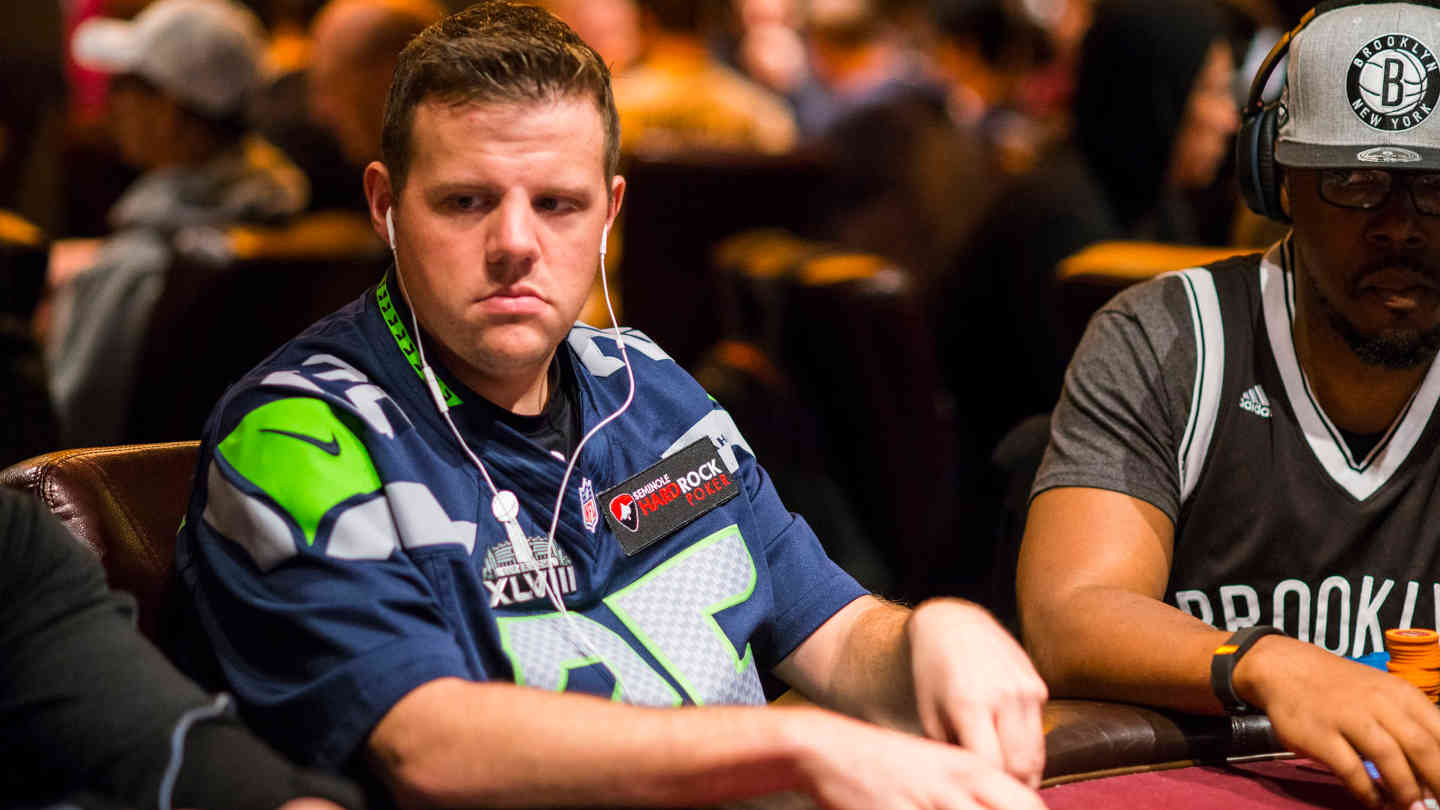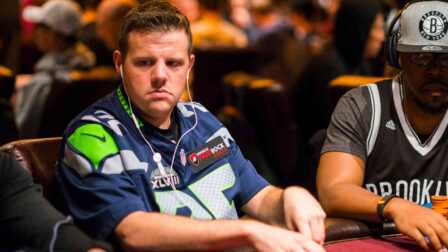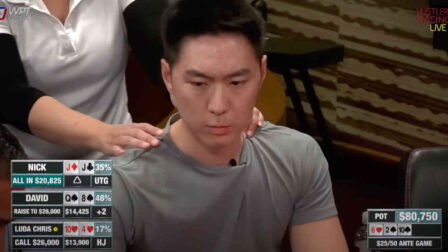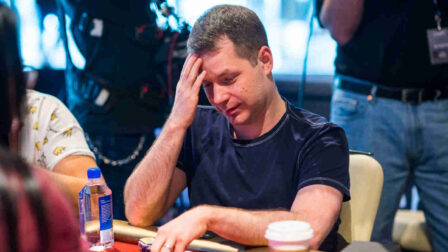BLUFFING: How To Find The Best Spots In Your Games
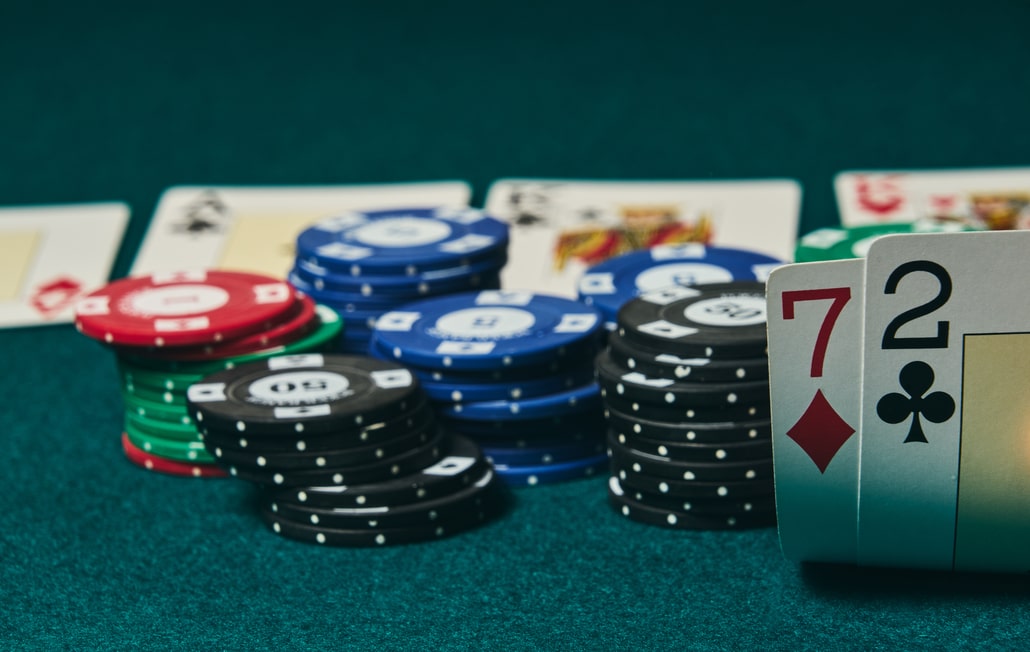
11 minutes
Last Updated: March 19, 2024
Bluffing in Your Poker Games
Bluffing is an essential part of a winning poker strategy.
The simple fact is, if you never bluff, your opponents can easily adjust to you and never pay you off.
Of course, on the other side of the spectrum, you can be bluffing way too often, and that is a common mistake. While you want to win as many pots as possible every time you sit down, it is impossible to win every single one, and you have to realize it.
Those who try to do this usually end up over-bluffing, which is again something the opposition can easily adjust to and call you off lightly, knowing your range is too weak.
The key is balancing your play so that even observant opponents never know where they stand, and then taking advantage of weaker players by finding profitable spots.
In this article, we’ll discuss bluffing strategies and identify profitable spots to fire a bluff.
While it is virtually impossible to squeeze everything about it in a single article, we’ll try to cover frequent situations using examples and give the best tips so that you could better construct your bluffing ranges moving forward.
Table of content
- Bluffing in your games
- Range advantage
- Semi-bluffing
- No-equity bluffs
- Turning hands into bluffs
- Blockers
- Takeaways
Poker & Bluffing: Essentials
The main idea behind bluffing is quite clear to anyone who’s ever played poker before. We want to represent a hand that’s stronger than what we have in an attempt to get our opponent(s) to fold their hands, which are likely to beat us at the showdown.
To achieve this, we need to tell a convincing story that makes sense.
Bluffing without a plan and an idea usually won’t go too well. While it may work against inexperienced players, against solid opponents, you need to make them buy what you’re selling.
Your bets need to make sense within the scope of your perceived range, i.e. you can’t pretend to have a deuce in your hand after making a 3x UTG raise because there are just so few deuces in your range that the story doesn’t make sense.
As already mentioned, this is such a wide and complex topic that we could spend pages discussing just the theoretical ideas behind bluffing, let alone the metagame and other aspects.
Instead, in this particular article, we’ll try to focus on the math and numbers in certain spots and try to look at the game from that point of view.
Bluffing In Poker: The Importance of Range Advantage
The idea of a range advantage is often overlooked by less experienced poker players. They believe that everyone can have virtually any poker hands regardless of their position, pre-flop action, and sizings, but that is not the case.
Range advantage is one of the most important things you need to factor when constructing your bluffs.
For example. The range of the original raiser is stronger than the player’s defending from the big blinds on most board textures. The raiser has more high and medium pocket pairs, good Aces-highs, and face cards.
It’s the reason why your c-bet will work so often on Ace-high boards. While weaker players don’t think in terms of ranges, they do understand that you’re at least somewhat likely to have an Ace in your hand when you decide to raise preflop.
You can apply this concept when constructing your bluffs, especially on the turn and the river. For example, you open with A10, the board comes 2 6 9, and the big blind check-calls your flop continuation bet.
The turn is a Q. It is the card that doesn’t help your exact hand as it doesn’t open any additional possibilities for you to improve. However, this is the card that falls well within your perceived range, and you can continue barreling on the turn.
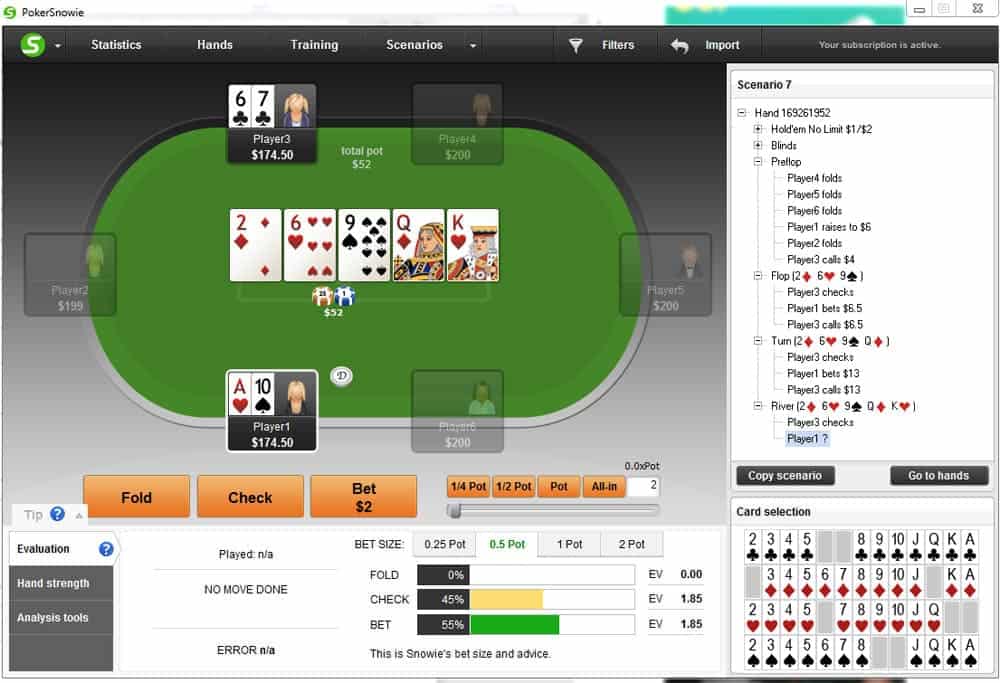
Get PokerSnowie FREE Trial and try it yourself!
If they call and the river is a K, you can continue your aggression. It is another card that falls within your raising range and lets you put maximum pressure on your opponent.
You can credibly represent both of these cards and proceed to bet for value, at least from where they’re standing. In these situations, your range advantage, combined with your aggression, will help you win the pot a lot of the time.
Semi-Bluffing with Equity: Keep Your Opponents Guessing
The most common types of bluffs are the ones where you have some actual equity in the hand but don’t have a made hand just yet (also known as semi-bluffs).
What this means is that you can still improve to the best hand on the turn or the river, but you’d rather win the pot on the flop and not have to deal with the later streets.
In these types of scenarios, it is easier to bluff since you know that even if worse comes to worst, you won’t be dead in the water, i.e., you’ll have some outs to improve and still win on the showdown.
This equity can provide you with the confidence you need to pull the trigger and win the pot that would otherwise end up in the opponent’s stack.
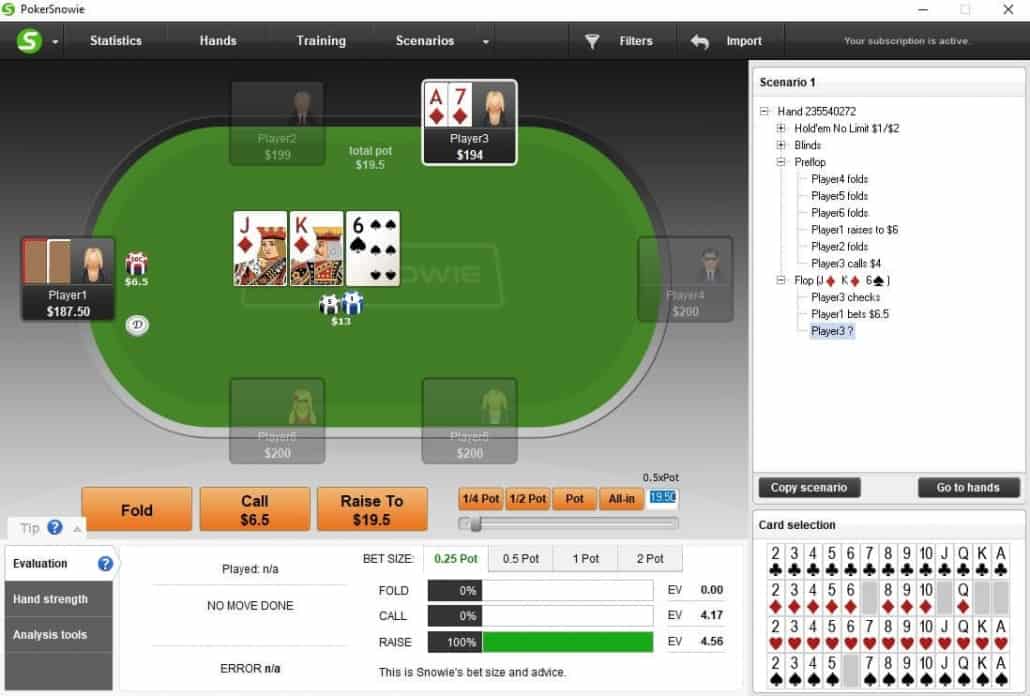
Get PokerSnowie FREE Trial and try it yourself!
The above situation is a perfect example where semi-bluffing or bluffing with equity is preferred by Poker Snowie. As you can see, it gives us a slightly higher EV, and it is an approach that the software suggests 100% of the time in this particular scenario.
Of course, this particular flop doesn’t give us a range advantage, which makes it a bit harder to get the bluff through against a competent opponent, but it is still the line with the most value.
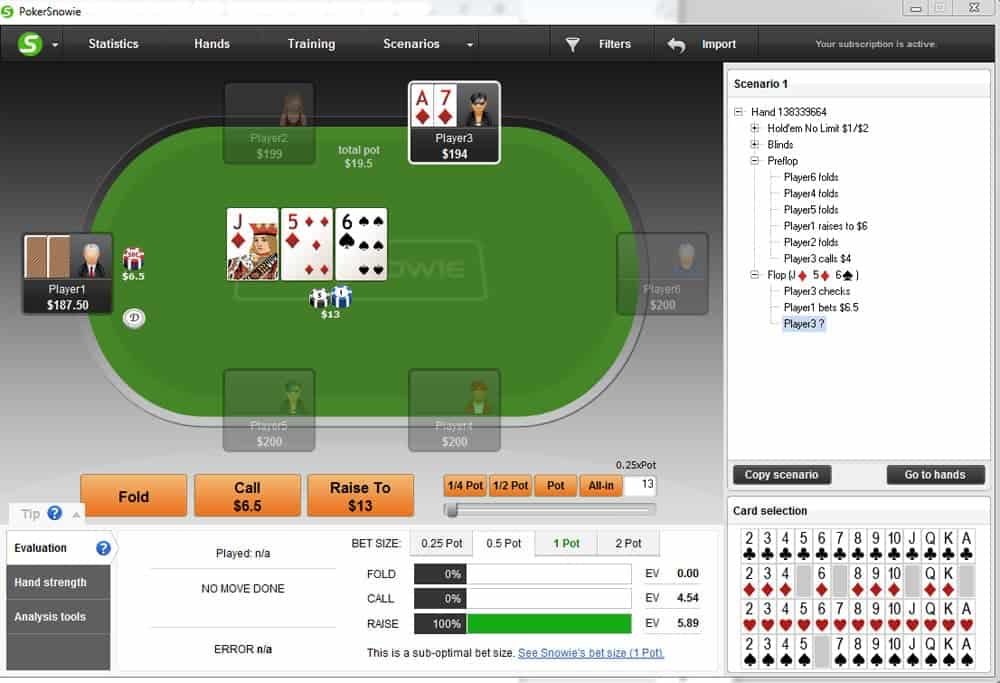
If we replace the king with the 5d, you can see the EV of bluff raising in this spot becomes even bigger. This is not just because 5 gives us additional ways to win the hand, but it also makes us more likely to have sets and two pair hands in our range.
Therefore, it will be much harder for your opponent to continue, especially with A-high type of hands or overcards, so you need to take advantage of that.
When we do get called, what we do next will depend on the turn card. Remember, your story needs to make sense. So, let’s look at a couple of different turns.
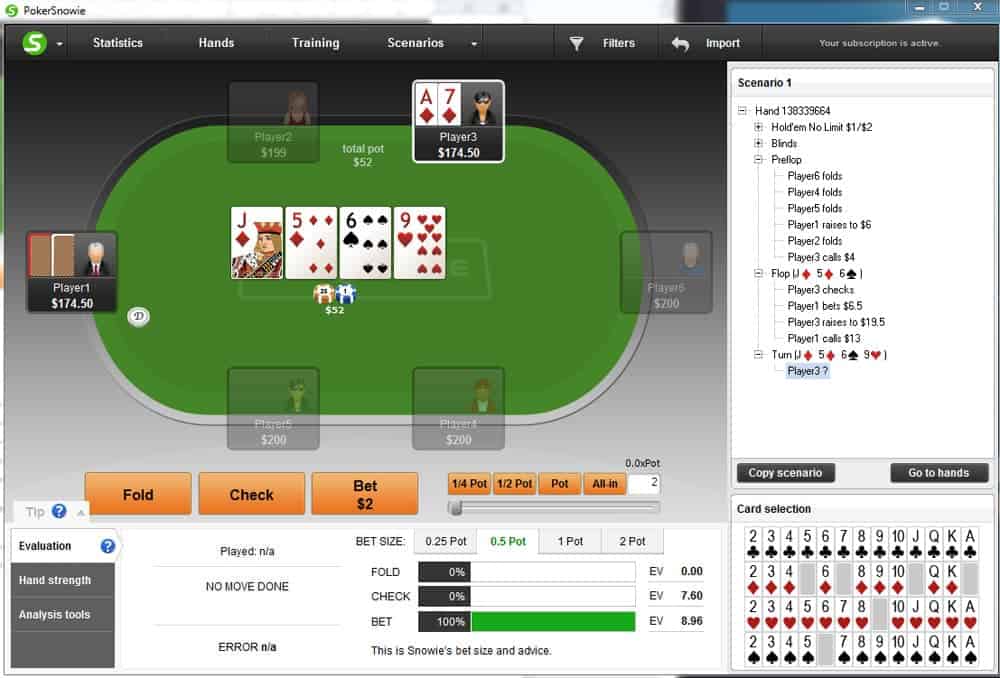
The 9h is a perfect card to continue running your bluff. A bet on this turn continues to tell a consistent story, i.e., we could have flopped a set, two pair, or that 9h could have improved us to two pair or a straight.
There is little reason to slow down here.
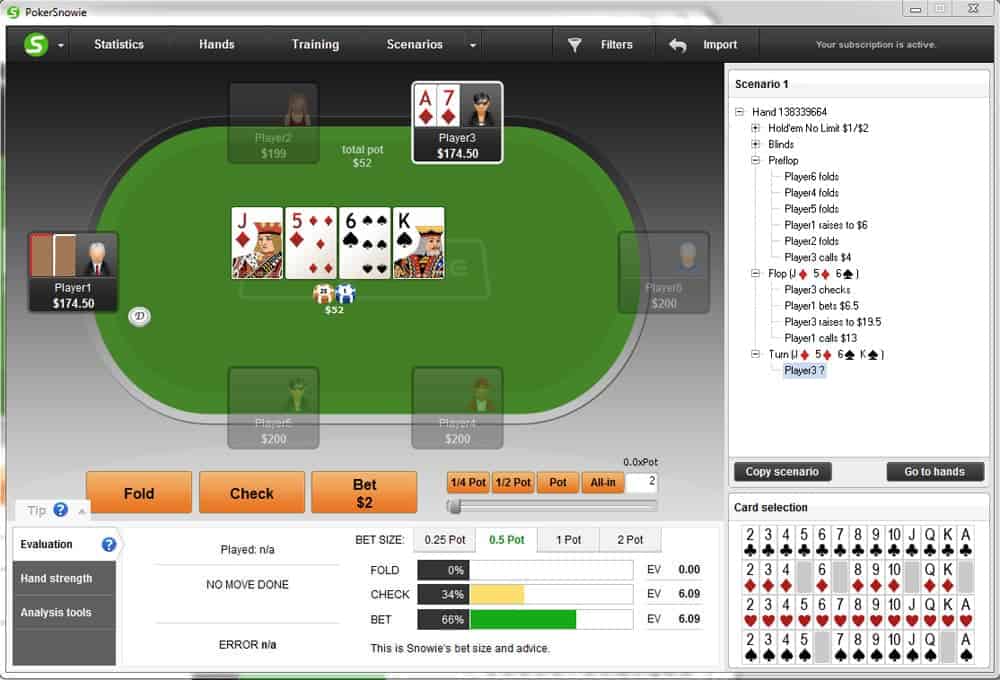
With a turn card like the Ks, you can see that the EV changes. This card is a bit better to your opponent and more likely to improve his hand, so Snowie suggests checking some of the time.
Of course, you’ll need to balance this with checking some big hands, such as flopped sets on the turn as well. However, when you have a draw to the nuts, betting out should be your primary option.
The important takeaway is to understand that a majority of your bluffs will be in situations with some equity, be it as much as a nut flush draw in this situation or as little as a gutshot in other cases.
No Equity Bluffs: Thread Lightly
When you are a preflop raiser and have a position on your opponent, firing a c-bet and barreling without any equity is fine.
Obviously, only when you have a range advantage.
However, in all other cases trying to bluff someone just for the sake of pulling a bluff is rarely a good idea. If you have no or very little equity, it is usually not a good spot to bluff.
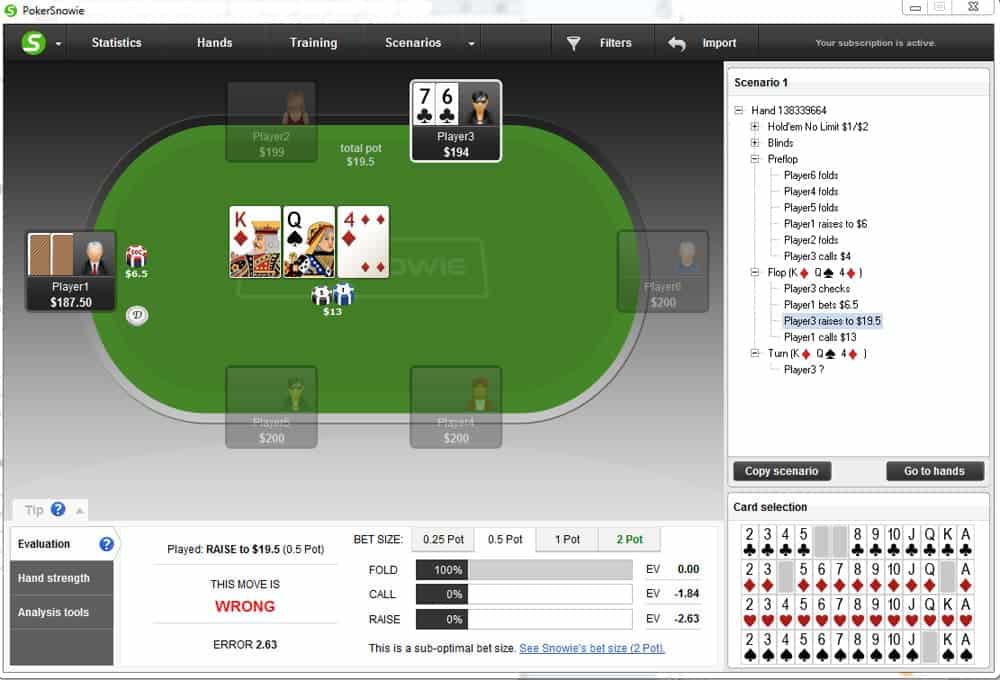
In a situation like this, Poker Snowie clearly shows that bluffing has a lower EV than folding, i.e., it is better to give up right here than try to bluff.
While it may seem counterintuitive as folding will never give us a pot while bluffing might at least sometimes, it is down to some pretty basic math.
The question isn’t about what happens in a single spot. The question is, over the long run, will pulling these kinds of bluffs win you chips. The software doesn’t think so, and it isn’t hard to understand why.
The chances of improving are very slim, and even if you do hit a 6 or 7, a lot of the times you will have the second-best hand. Moreover, the board hits your opponent’s range much better. So, what is it that we’re trying to represent here?
All of this isn’t to say that you can’t run an occasional no equity bluff, especially against weaker opponents, but these need to be very targeted and used only to exploit others if you have some information to back this play.
Bluffing Tips: Turning Made Hand into a Bluff
Being able to turn your hand into a bluff when the situation is right may be a very powerful weapon.
This is where you decide to take an aggressive line with a hand that has some showdown value and bluff to represent a stronger holding instead of trying to see the showdown.
Sometimes in these spots, you’ll want to give up and surrender the pot – you can’t win all of them, after all. But, sometimes, you’ll be in a situation where turning your hand into a bluff is a more +EV play.
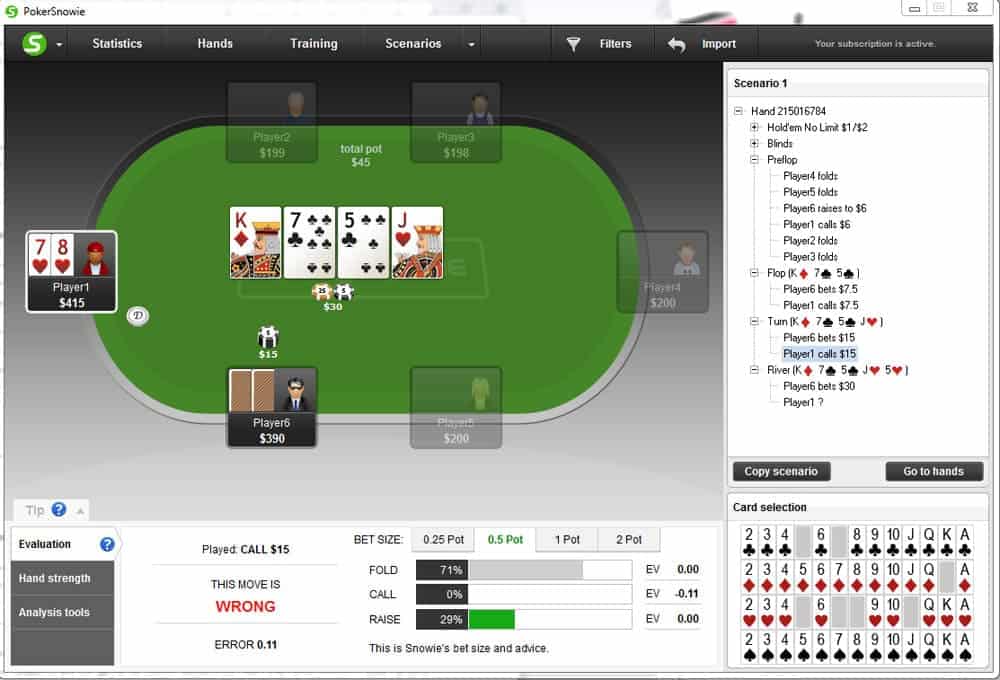
In the example above, Poker Snowie suggests that you should either fold and give up or raise – calling is the worst option of the three.
It may seem strange given the fact you have a reasonable hand, but since we called the bet on the flop and our opponent is continuing to fire the turn, we’re not very likely to be ahead at the showdown or can face another bet on the river where we have to fold.
Therefore, you can take an aggressive approach and try to represent the strong part of your range, putting your opponent to the test.
Even if you get called, you can still improve on the river, continue to bluff or sometimes win at showdown against his missed draws.
The important takeaway here is that having showdown value is not always enough, and paying someone two or three streets with dubious holdings is likely to be a losing play in the long run.
Also, it is important to consider where you are playing. Some real money online poker games can be full of recreational players who are not planning to fold no matter what you do, so bluffing versus them is not a good idea.
If you happen to find yourself in such games, go big for value, and leave bluffing away. This way, you will maximize your winnings and have an easy time with these guys.
Bluffing Strategy: Applying the Concept of Blockers
The idea of blockers is often closely tied to turning made hands into bluffs. As the name suggests, blockers are cards that prevent (block) certain combinations, making it less likely your opponent holds a particular range of hands.
The best way to use blockers when bluffing is to choose hands that block possible nuts and start raising.
For example, if you’re holding pocket 6s and the board runs out 3 4 7 K J, your opponent is less likely to have the nuts since you have two out of four cards required to make the straight on this board, so he will have fewer hands that he can call if you raise.
Keep in mind that you need to balance things out; i.e., you need to find spots where you can represent enough value hands to make the bluff seem reasonable.
So, the idea is to represent a very strong holding backed by the fact that your opponent is less likely to have a premium hand themselves due to you holding some blockers.
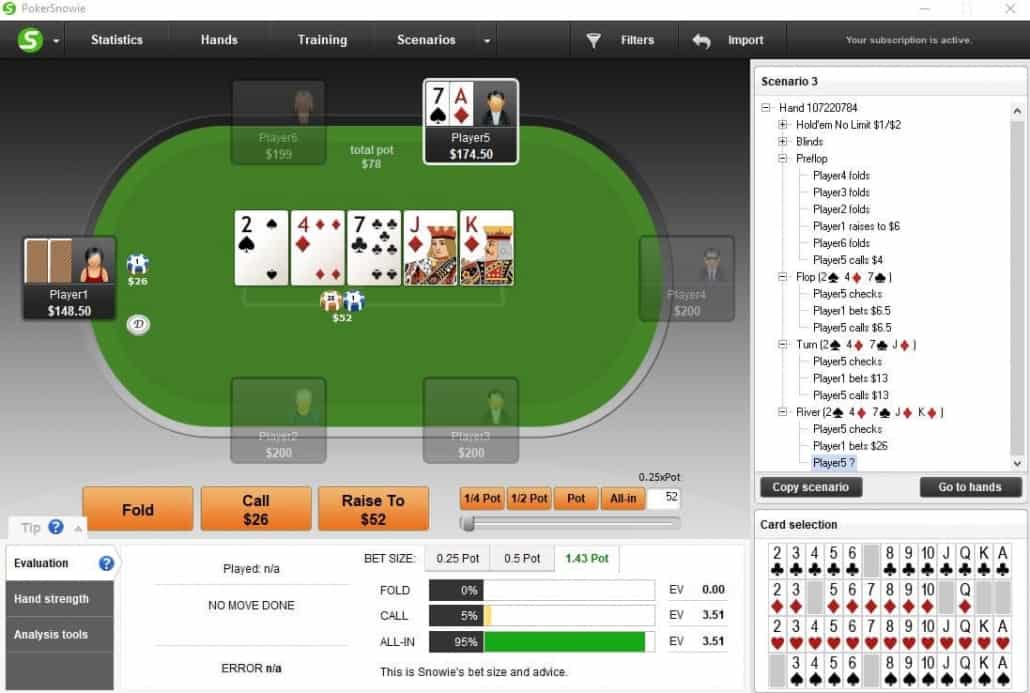
As we can see in this particular scenario, bluffing with the blocker to the nuts is the best way to go. Since we have an Ace of diamonds, our opponent will not have the nuts and will have a hard time calling us down.
One thing that is also important here is the sizing, in most cases, you should go big or even all-in to maximize your fold equity, cause making it too small can encourage players to call, and you obviously do not want that when bluffing.
Conclusion: Let Your Bluffs Work for You, not against You
Don’t get carried away and think that you can win pots by sheer aggression. It is true that aggression works and aggressive players are, in general, more successful, but that only works if your actions make sense.
Random bluffs aren’t that hard to pick off even by inexperienced players, so you should not choose this path.
The hand reading plays the most important part here. Think about ranges you’re representing and about one your opponents are likely to hold. While you won’t get it right 100% of the time, by thinking along these lines, you’ll be able to pull off many more successful bluffs in your career.
Bluffing takeaways:
- Bluff where you have the range advantage
- Bluff where you can actually represent strong hands
- Mostly use hands with additional equity when bluffing
- No equity bluffs should only be used when you are a preflop raiser and have a position
- Aggressively bluff on ace-high boards as the preflop raiser
- Turn your hand into a bluff when you can’t profitably call, but have some blockers
- Bluffing aggressively when you have a card that blocks NUTS is very profitable
- Do not bluff against passive recreational players who tend to call way too much











